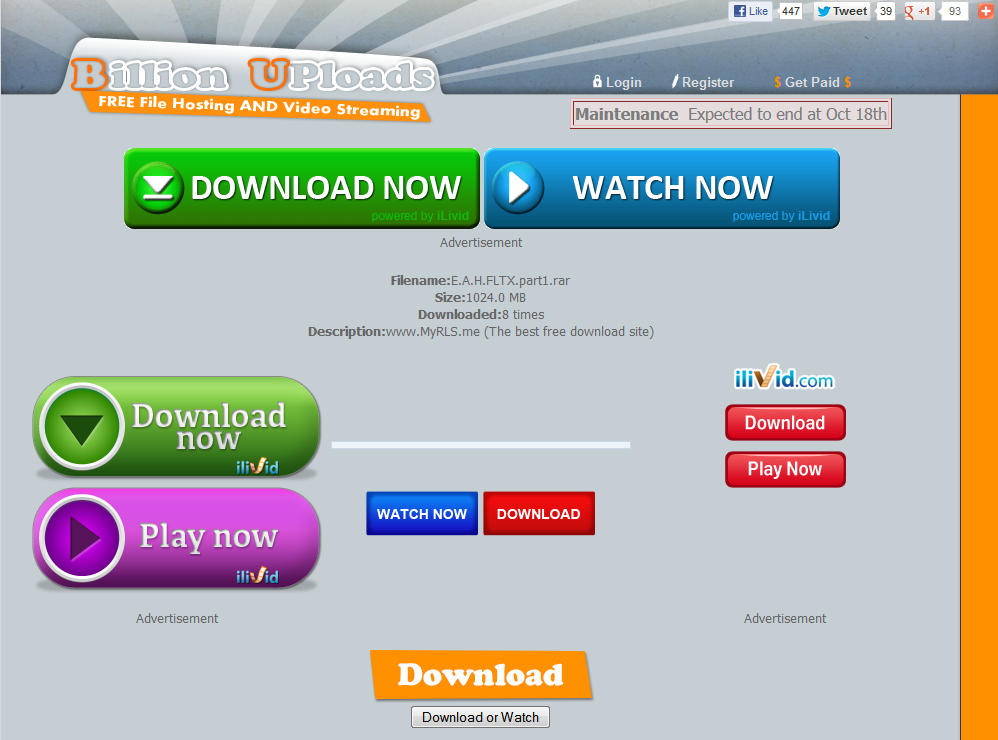
On reflection, I feel as though equating the User Inyerface game and the concept of dark patterns difficult. While the game itself demonstrates a few design principles that certainly are employed by dark patterns, many of its components are outright user-hostile. But I would posit that there should be a distinction between web design that purposefully misleads and/or obfuscates, and design that is outright user-hostile. Dark patterns, as the name implies, is design deliberately configured to trick users to achieve a certain outcome – usually “conversions”. (Brignull, 2011)
What makes dark patterns so insidious is that the user experience they deliver needs to feel authentic. Ideally, the user has no awareness that they are being influenced during the interaction. Dark patterns lose their effectiveness under scrutiny, thus a good dark pattern will avoid scrutiny by being opaque and disguising itself as part of a normal interaction. Brignull (2011) provides examples of opt-ins next to opt-outs, each carefully worded, or lengthy subscription renewal text that, at a quick glance, appears non-commital. Such examples demonstrate carefully hidden language and design choices that very purposefully do nothing to disrupt user-flow, but instead direct natural user-flow to the creator’s desired outcome.

If you ever frequented sketchy download sites back in the day, then you’re very familiar with the giant “download now” button next to the unassuming “download” text. More often than not, the download now button was just a devious ad to never-ending pop-ups. This degree of deception is primarily what User Inyerface demonstrates, along with some hilariously cruel UI design. As mentioned, this cruel design is different than a dark pattern. The default input-field text, the sliding age selector, the inane password requirements, are all frustrating, but aren’t things that would necessarily lead a user down a path towards a manipulated conversion. I do love examples of intentionally awful UI though, and this site is a trove of hilarious examples, many you can try for yourself, such as this phone number selector.
After watching Tristan Harris and Zeynep Tufekci’s respective TED talks, it made me question where the denoted line for the definition of dark pattern begins and ends. The lengths tech companies go in order to capture more of our attention, as described by Harris, is enormous. Brignull (2011) presents dark patterns as a manipulation performed by companies in their web design with the intention of increasing conversions. It isn’t a stretch at all to view our attention, increased minutes spent consuming ad-ridden content, as a conversion for these companies. As discussed by both Harris and Tufekci, we know that companies have compiled enormous troves of highly specific information about us, and they leverage it at every opportunity to algorithmically deliver us content, ads, and ultimately keep our attention. Tufeckci specifically delves into how machine learning is leveraged extensively by platforms such as advertisers and Youtube in order to deliver curated content that keeps users hooked (Tufekci, 2017, 08:13)
So I guess the question is then, is an algorithm a dark pattern? I would argue no, but that how it is leveraged certainly is. An algorithm by itself isn’t a piece of user interface, or an artifact of web design, and does not fit Brignull’s definition. However, both Harris and Tufekci highlight the auto-play function of Youtube as a key indicator of tech companies increasing attempts to capture our attention. An auto-play function absolutely fits the definition of dark pattern, and can be so user-hostile that I’m surprised there wasn’t one integrated into User Inyerface! As discussed though, a good dark pattern is disguised and subtle. By using algorithmically curated content based on vast swaths of user personal information, Youtube can disguise the dark pattern: auto-play. If a user doesn’t perceive auto-play as a negative thing, because the auto-playing video is relevant to them, then the dark pattern has been successful. In doing so, Youtube can increase their conversions: more opportunities to display ads.
Auto-play is just one example of a modern, machine-learning driven dark pattern. Their designs are becoming increasingly more sophisticated, personalized, and manipulative. With Large Language Models being shoe-horned into every piece of software imagineable, we will likely soon see new forms of dark patterns emerge via our interactions with them.
References
Leave a Reply